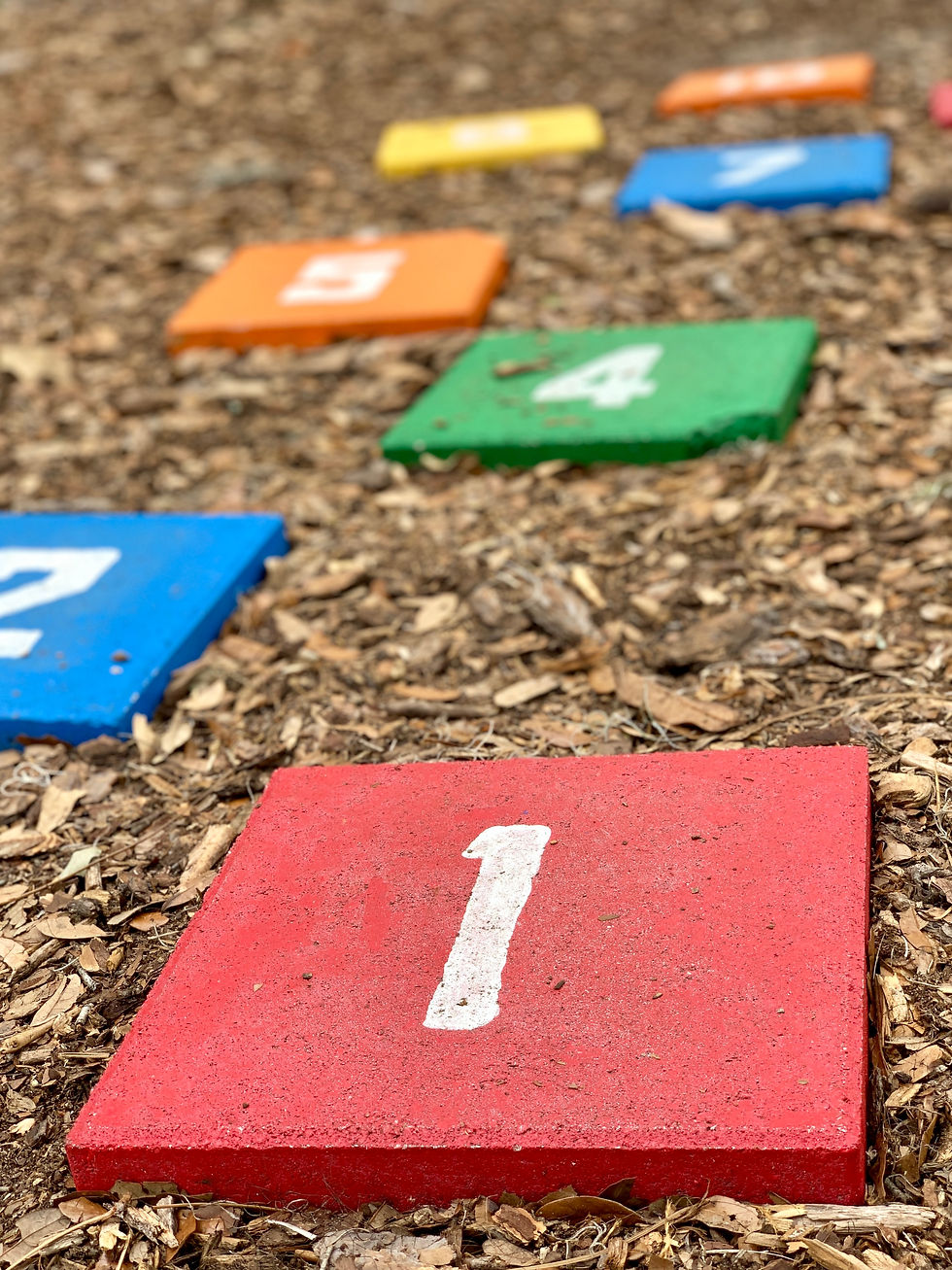Introduction to Humanities and Social Sciences in Early Childhood Education
- Jasmeen Kaur
- Apr 22
- 3 min read

Creativity in young children finds essential support through the curriculum area of humanities and social sciences by letting them examine their identity along with their community and their surrounding world. Through humanities education children gain opportunities to communicate thoughts alongside feelings while developing analytical abilities together with their knowledge of various cultures. Through storytelling activities children develop multiple perspective abilities as well as empathy skills by taking part in role-playing scenarios and working collaboratively in projects. The experiences develop creative abilities and create fundamental learning abilities which form the foundation for continuous education and citizen involvement (Howard & Mayesky, 2022).
Creativity Theories and Perspectives
interaction, and play emerges as the essential mechanism for creativity development (Howard & Mayesky, 2022). Children express creativity through their linguistic skill and spatial abilities as well as their interpersonal capacity, according to Gardner’s Theory of Multiple Intelligences (Howard & Mayesky, 2022). All these perspectives emphasise the importance of offering different routes for children to explore their environments because this practice both develops their thinking skills and creative abilities (Littledyke, 2014).
Resources, Materials, and Digital Technologies
Early childhood teachers can activate the interest of children in humanities and social sciences through specific educational resources which encourage creative thinking. Grasping manipulative materials, including puppets and art supplies, together with visual aids, aids children in storytelling activities which help represent their mental processes (Howard & Mayesky, 2022). Digital media tools, which include interactive applications, provide children with artistic platforms to develop visual narratives while accessing virtual exhibitions that boost their learning process. Educational games and storytelling podcasts delivered through online platforms serve as resources that teachers utilise to inspire discussions about multicultural communities (Stonehouse 2012).
Learning Experiences for Different Age Groups
0-2 years old – Teachers for the 0-2 years level should create an interactive sensory toolkit composed of textured materials that mimic desert, forest, and ocean environments. Young infants can engage in tactile learning opportunities through activities that expose them to various ecosystems.
2- 3 years old – Around two to three years old, children develop imaginative abilities through activities involving the placement of mini-world figures that include people and animals alongside vehicles. Through mini dramas of everyday life activities, young children enhance their creativity while they engage in cooperative storytelling with their classmates.
3-5 years old – Early childhood students should design a practical societal initiative to create basic maps of their neighbourhood, which teaches them spatial understanding besides strengthening analytical reasoning. Participation in designing community roles along with drawing ideas helps children develop a better understanding of social structures and creative thinking.
6-8 years old – At this stage early childhood instructors should assist students in developing digital storybooks which explore their community environment. The project requires students to study historical records by interviewing community members while using digital tools for combining their information and promotes collaborative work and diverse communication methods.
Original Creative Learning Opportunities
0-2 years (Sensory Play with Textured Materials)- Gather various materials with different textures (sandpaper, soft fabrics, etc.). Children should freely examine these materials while you guide their vocabulary to describe forms, hues and textures to develop their perceptual capabilities and verbal skills.
2-3 years (Imaginative Role Play) - At ages 2 to 3 children can enjoy imaginative role play through a ‘shop’ simulation that includes items and play money. Through role-play activities children take on shopkeeper roles and customer roles while expressing their creativity in both interaction scenarios and commercial understanding to increase their social capabilities and math skills.
3-5 years (Story Creation with Puppets) - The puppet storytelling activity should be implemented during this stage to allow children to create stories with their hands. Ask children to develop their own narratives, which will strengthen their storytelling skills as well as improve language abilities through character work, plot building and problem-solving abilities.
Critical Reflection and Evaluation
I recognise how my creative characteristics substantially improve my teaching abilities in teaching humanities and social sciences. My teaching approach creates an environment that enables students at every age to speak freely without anxiety. Using different innovative approaches in teaching methods leads me to develop adaptable teaching experiences that serve diverse student needs. Active incorporation of assignments designed by children enables me to build a space that encourages exploration and invention among students. The method develops both creative potential and critical thinking competencies which future students need, according to Littledyke (2014). Through constant development of my teaching, creative abilities and adaptability, I strive to develop a new generation of learners who are both curious and innovative and show empathy while possessing skills to contribute positively to society.



Comments